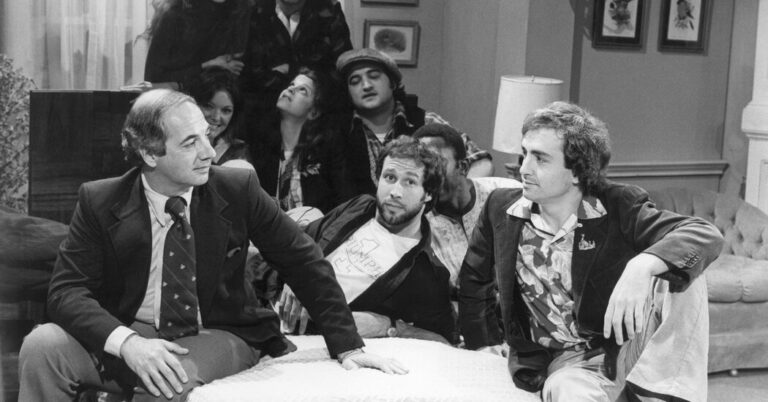A conjurer of cinematic dreamscapes that bordered on nightmare, a creator of images that burned themselves onto the back of one’s eyelids, the director (and actor, musician and artist) David Lynch cut an indelible figure himself. Most notably there was his hair. Lavishly thick, swooping skyward in a cartoon volute, Mr. Lynch’s coiffure, a virile cockscomb, was like Alfred Hitchcock’s profile or John Ford’s eye patch — inherently caricatural and so distinctive that it all but merited a ZIP code.
The hair, though, was just one aspect of a sharply etched visual persona all the more potent because it was composed of basic elements. And cigarettes. Intrinsic to Mr. Lynch’s persona were the smokes he took up in childhood (in some interviews, he claimed to have picked up the habit at age 8), which may have contributed to his death on Thursday at 78. He seemed to have been born searching for an ashtray.
Cigarettes are almost unsurpassed among lethal props in the appeal they have exerted throughout cinematic history, yet few directors have treated them as rapturously onscreen as Mr. Lynch did, or have been more severely addicted to them in real life. Even after being diagnosed with emphysema in 2020, Mr. Lynch failed to give them up, as People noted in a 2024 interview with him. “I saw the writing on the wall and it said, ‘You’re going to die in a week if you don’t stop,’” Mr. Lynch told the publication in November.
While he did eventually stop, by then it was too late: Homebound and unable to work on set, Mr. Lynch by then could barely walk across a room.
Yet, before nicotine caught up with him — and against incontrovertible medical evidence and logic — Mr. Lynch made himself an advertisement for the many ways a cigarette can be used to suggest mood, create atmospheres, punctuate dialogue or etch space within a cinematic frame. The inherent danger of smoking, its louche associations and its downright filthiness all served as a counterpoint to the rest of a visual image that, in a sartorial sense, was inoffensively bland to the point of being nondescript.
“He always wore the same khaki pants every day,” said Italo Zucchelli, a former men’s wear designer for Calvin Klein, a friend of Mr. Lynch’s and, like him, a longtime adherent of Transcendental Meditation, a serene spiritual practice seemingly at odds with Mr. Lynch’s dark, often violent work.
He wore the same basic blazer and white shirt every day, Mr. Zucchelli continued. His look was very normal, very American, effortless and not at all sinister.
It was as if Mr. Lynch were making a point in his personal visual presentation that, often enough, the most disturbing thoughts, baroque fantasies and extreme sensibilities lie concealed behind facades of bourgeois ordinariness.
Source link




